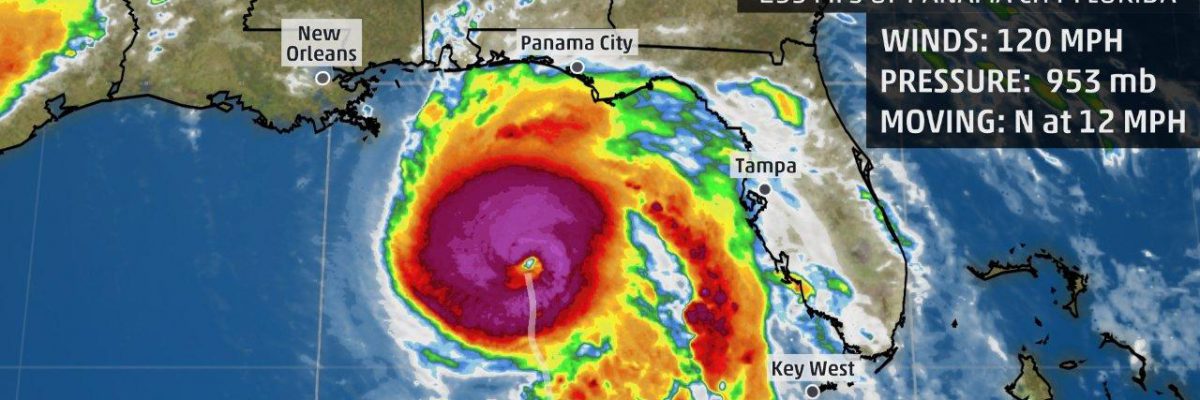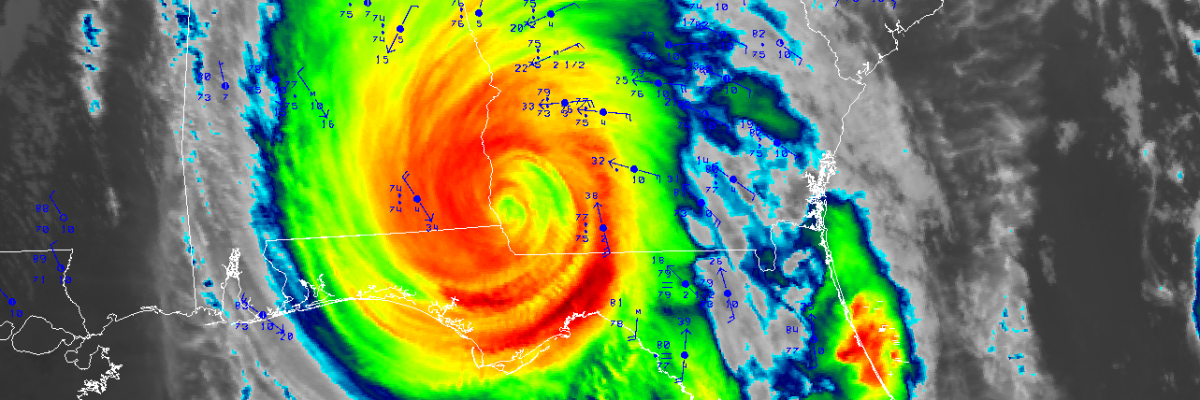-

Fast Company posted an interesting story this week on a recent map produced by AT&T showing where their infrastructure in the Southeast is likely to be affected by impacts due to climate change, including inland flooding, sea level rise, and high intensity winds. The map looks a little odd to me in Georgia because there…
Posted in: Climate and Ag in the news -

With all of the severe weather we’ve had in the last couple of weeks, you might be wondering how those storms are tracked and warned. The New York Times put out an article this week on NOAA’s Storm Prediction Center, who puts out the outlooks for regions of the country that are likely to see…
-

Most areas of the Southeast will see less than 1/2 inch of precipitation this week, with most of that falling next weekend. Calm, cool and dry weather are expected for most areas until then.
Posted in: Climate outlooks -

Earlier today I posted about the newly released final report on Hurricane Michael from NOAA’s National Hurricane Center. You can find the link to the report in an earlier blog post today. Here is an interesting article from Bob Henson at Weather Underground which looks into the details of the report, including how the NHC…
-

This week BBC broadcast a new 1-hour special on the science of climate change which provides a very good overview of the current state of climate science. The story is told from a British viewpoint but provides an excellent overview of climate change, how we know it exists and how it is changing our earth’s…
-

NOAA’s National Hurricane Center released their official report on Hurricane Michael today. It officially notes that Michael was a Category 5 storm. The report includes a number of observations from the University of Georgia weather network as well as many other sensor networks. You can read it at https://www.nhc.noaa.gov/data/tcr/AL142018_Michael.pdf.
-

The latest monthly and seasonal outlooks from NOAA’s Climate Prediction Center, released today, indicate that warmer and wetter than normal conditions are likely to continue through the months of May, June and July. This means that the moderate drought that is currently in place in parts of the Southeast is likely to be eliminated over…
Posted in: Climate outlooks